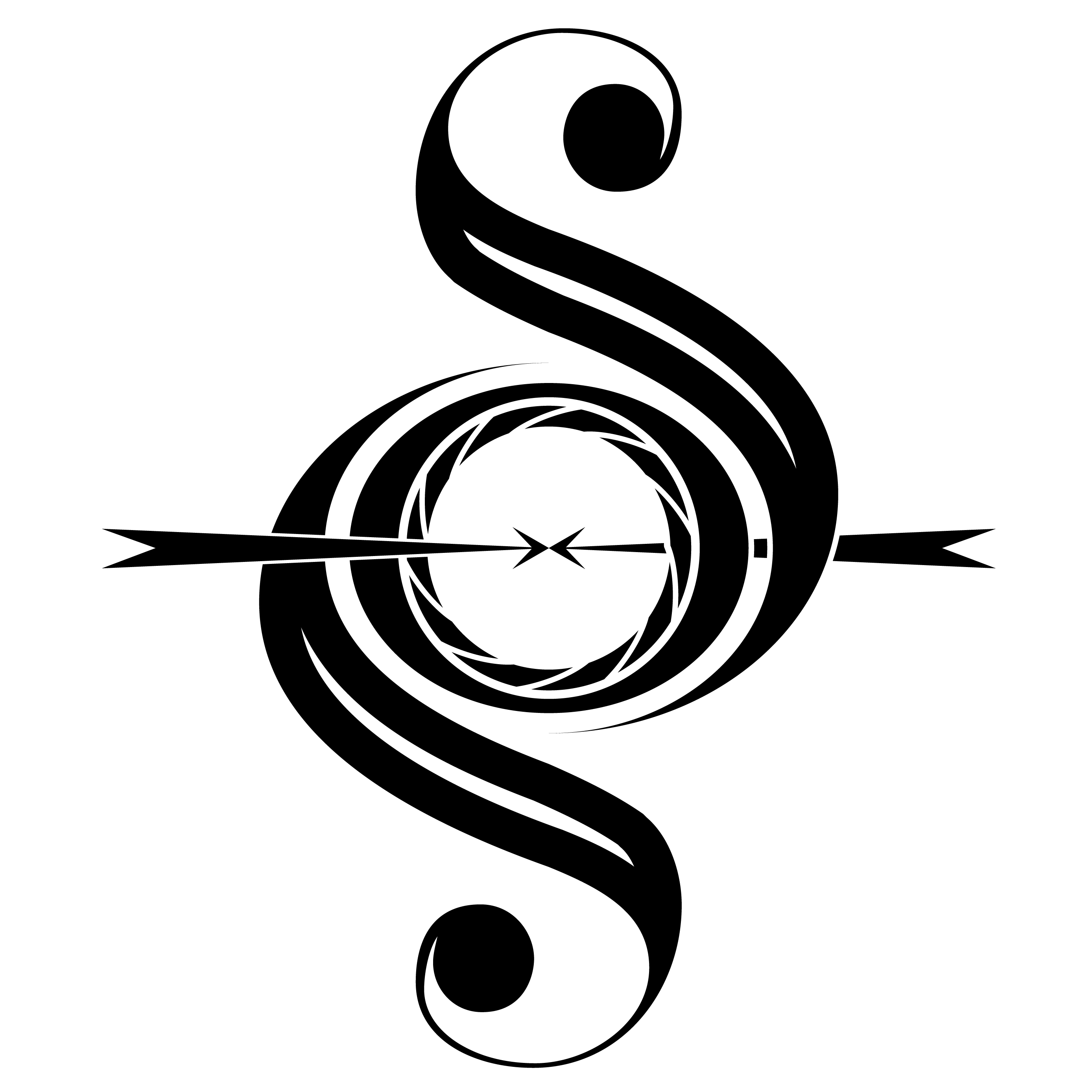Inspiration and emulation – the drive to create
May 08, 2014
Originally posted on
 SeeThrough Studios
SeeThrough Studios
I’ve been doing a fair bit of reflection about Particulars lately. We’ve been planning the final stages of the game’s development, forcing me to really think about what’s important in the game, and why we’ve made it this way.
A lot of this comes back to inspirations – the things that make us create what we do. So today, I’m going to talk about what has inspired Particulars.
I’ve thought for a while that the inspiration to create takes two forms: an attempt to emulate amazing experiences, or an aversion from deeply dissatisfying experiences. I’ll call these modes emulation and dissatisfaction. A well-made creation (game or otherwise) requires both, but one will usually take precedence.
My games, overall, have used dissatisfaction as their major inspiration mode. I’m dissatisfied with the types of games that the industry produces, and want to push it to do better and cooler things. My two main areas of dissatisfaction are in real-world value (far too many game developers are happy that their games are simply ‘addictive’, and don’t think about whether they bring real-world value to players) and narrative (because, well, it’s hard to do narrative in games, so there’s a lot of bad storytelling out there. I have a theory that you first need to learn to tell amazing stories in simple structures – from there you can make the more complex stuff work).
From this dissatisfaction alone, you can start to see where Particulars is coming from, but there’s still a lot of gaps. That’s, in my mind, one of the strengths of starting with dissatisfaction: you’re much more likely to make something truly original, because you’re trying to solve a general problem rather than make something that already exists.
These gaps are where emulation kicks in. Particulars is the result of specific content and form being chosen and wrapped to ensure that the issues of real-world value and narrative are addressed.
The first emulation is, of course, the physics. Particulars is based on a 3rd year physics course I did at university called High-Energy Physics. It was, quite simply, my favourite course. The particles at this level were both simple and complex in weird and unexpected ways. The lecturer delighted in pulling the rug out from beneath us: almost every week, he’d challenge our views of the way the universe works, especially the ones that we’d been taught in previous years of physics.
There’s something cool about seeing the world in a completely new way, and that new view is something I wanted Particulars to provide. It was therefore important that the game be accessible for non-physicists, and that it allow players to look deeper into the workings of the world, should they choose to do so.
In terms of the game’s look and feel, there were a couple of main sources of inspiration, and then a lot of aspects that were designed based on the need to convey information. I’ve always been a big fan of clean and minimalist styles, and games like Thomas was Alone and Eufloria< came up in a lot of conversations. The other thing I wanted to emulate were bubble chamber images. Bubble Chambers are vessels full of superheated transparent liquids, where electrically charged particles make tracks made of gas as they move through. This is really where the trails and permanent trails of the game came from.
It’s important to note that the almost organic look of the particle movements (which very much informed the music) was a result of the game engine and physics, which we then chose to lean into with the smooth blobs around the particles. It’s not especially surprising that we looked at Osmos as a part of this process.
In terms of the story, it was a pretty early decision that the story wouldn’t be branching. I’ve always been a big fan of non-linear storytelling (Momento is one of my favourite movies), and both Saul and myself were pretty keen for the characters to come first. Alison has changed a lot over the last couple of years, but she was originally inspired by Alice in Wonderland. We talked a lot about Tron (often to say “we probably shouldn’t make it Tron”), and there was, at one point, a character loosely based on Miss Havisham from Great Expectations.
We toyed around with stories involving the Large Hadron Collider (there’s even a really horrible attempt at a LHC-inspired mechanic out there somewhere) and the beginning of the universe (which is when you’re most likely to see particles act the way they do in Particulars), but eventually decided that a smaller, character-driven story was much more important. The stakes of the story, when they change, have generally been lowered. The final big piece of inspiration came when Saul played Gone Home. We’d been struggling with the actual words of the story for some time, and Gone Home provided a detail-oriented approach that Saul was keen to emulate. The story’s been a lot better ever since.
It’s hopefully clear by now that there are lot of other inspirations for Particulars, and there’s a lot that I haven’t discussed here (Super Meat Boy for level length, both SpaceChem and Sokobond for science in games, Portal for being Portal). In the end, to be inspired is to be called to action, and nothing inspires me like the thought that games can be so much better. We can now make almost anything we like, and we’re now forced to answer a much harder, much more interesting question: what should we make.